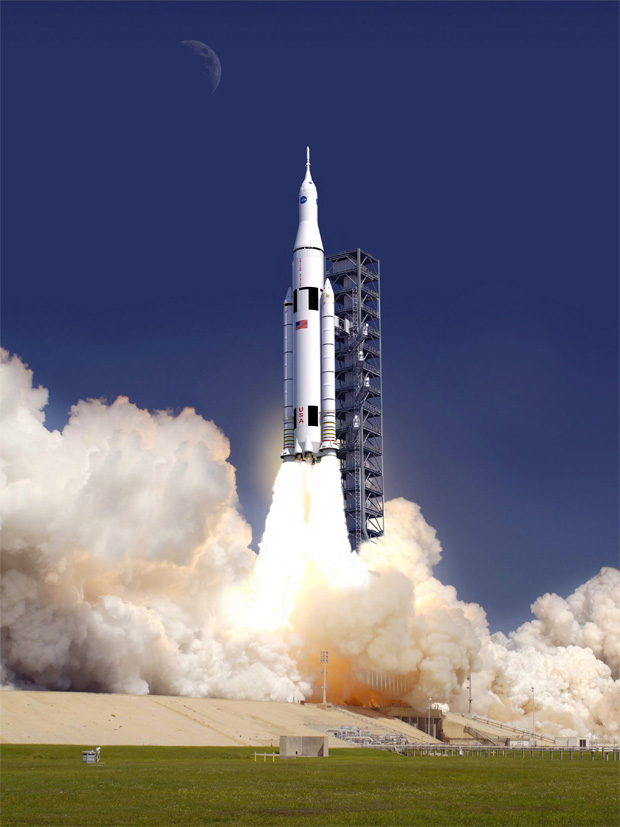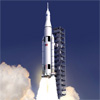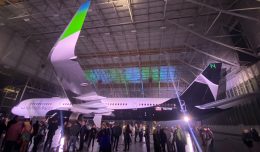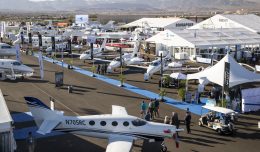NASA on Wednesday announced that it has already selected a design to develop a new Space Launch System (SLS) to transport astronauts to farther areas in space.

Rendering of the new Space Launch System leaving the launch pad. (Image by NASA)
After months of comprehensive review of potential designs that focused on developing a rocket that is not only powerful but also evolvable so it can be adapted to different missions as opportunities arise and new technologies are developed, NASA announced that the launch vehicle had been decided.
According to the agency, the SLS is expected to carry human crews beyond low Earth orbit in a capsule named the Orion Multi-Purpose Crew Vehicle. The rocket will use a liquid hydrogen and liquid oxygen fuel system, for which RS-25D/E engines will provide the core propulsion while the J2X engine is planned for use in the upper stage. In addition, there will be a competition to develop the boosters based on performance requirements.
“Having settled on a new and powerful heavy-lift launch architecture, NASA can now move ahead with building that rocket and the next-generation vehicles and technologies needed for an ambitious program of crewed missions in deep space,” said John P. Holdren, assistant to the President for Science and Technology.
“I’m excited about NASA’s new path forward and about its promise for continuing American leadership in human space exploration,” Holdren added. The heavy-lift rocket’s early flights will be capable of lifting 70-100 metric tons before evolving to a lift capacity of 130 metric tons.
As part of the review, a NASA analysis previously demonstrated that the use of common components can reduce costs and increase flexibility. As a result, it was decided to go with the same fuel system for the core and the upper stage.
Existing solid boosters and other existing hardware may be used in early developmental flights, which will enable NASA to reduce developmental risk, drive innovation within the agency and private industry, and accomplish early exploration objectives, NASA said.
NASA elected to initiate a competition for the booster stage based on performance parameters rather than on the type of propellant because of the need for flexibility. The specific acquisition strategy for procuring the core stage, booster stage, and upper stage, meanwhile, is still being developed.
“NASA has been making steady progress toward realizing the president’s goal of deep space exploration, while doing so in a more affordable way,” NASA Deputy Administrator Lori Garver said. “We have been driving down the costs on the Space Launch System and Orion contracts by adopting new ways of doing business and project hundreds of millions of dollars of savings each year.”
President Barack Obama and Congress in the bipartisan 2010 NASA Authorization Act, which the president signed last year, laid out a plan to develop this new heavy-lift rocket – in combination with a crew capsule already under development, increased support for the commercialization of astronaut travel to low Earth orbit, an extension of activities on the International Space Station (ISS) until at least 2020, and a fresh focus on new technologies.
Furthermore, the development of the new heavy-lift rocket is also expected to create high-quality jobs in the U.S., NASA said, and provide the country with future human space exploration efforts.







